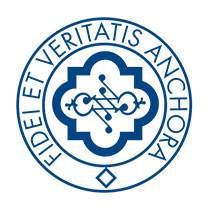People think that a notarised document is formalised when it is signed by the parties, then by the notary and the Seal of State is affixed. From 2013, however, it is possible for a public notarised document to be created in a totally computerised way, thus anticipating the government’s digital plans.
At present, the computerised public deed is mandatory only for contracts with the public administration for works, services and supplies, but upon request any deed may be so formalised.
How?
The parties, instead of signing a paper document, will use their digital signatures on the electronic document containing the deed itself and its attachments, if any; this is followed by the digital signature of the notary (which contains the signature and seal of the notary).
Using a special Authorised Conservation system, the computerised public deed will be stored in a computer by the National Council of Notaries in facilities owned by the CNN itself and administered by its wholly-owned company, Notartel SpA.
Why choose a computerised public deed?
The advantages of the computerised public deed reside in the possibility for parties who may live in different places to go to their own local notary to sign the contract, whereupon the two notaries can exchange the document in digital format in a few moments; as for conservation, the most advanced disaster recovery systems are proof against any risk of damage to an original stored in analogue form.
This also responds to the specific needs of individuals who interact with the outside world by way of voice synthesisers to provide and receive information.






